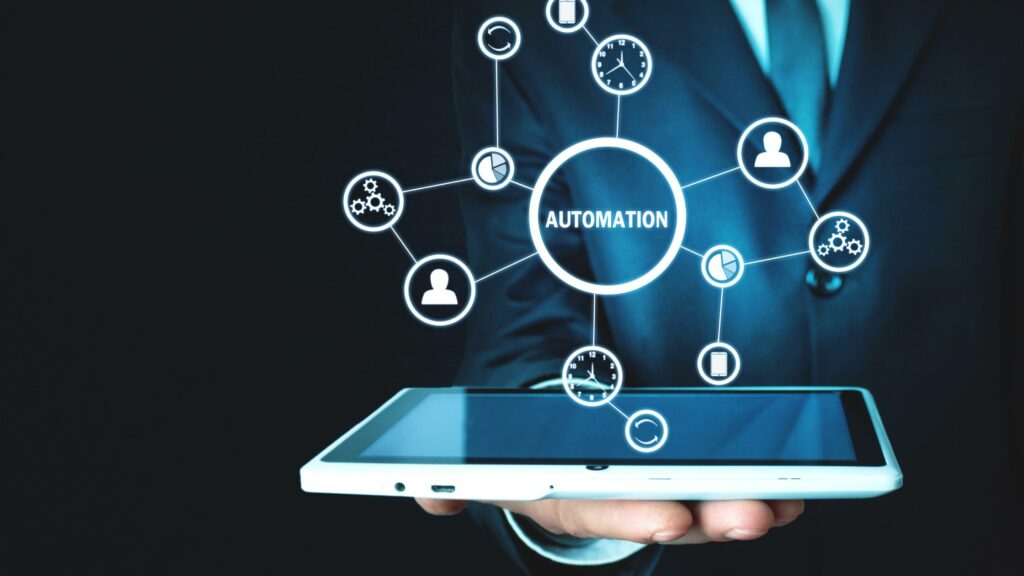How to Automate Your Marketing Workflows to Improve Efficiency
Marketing teams are constantly seeking ways to improve marketing workflows, streamline processes, and enhance customer engagement. In such a case scenario, automation is a key enabler in achieving these goals, allowing marketers to focus on strategic initiatives and high-value tasks while repetitive, time-consuming activities are handled by intelligent systems.
Numerous companies have successfully implemented automated marketing workflows today to achieve significant business outcomes. For example, Cocomelody, a leading bridal retailer, leverages automation and incorporates E-commerce personalization tools to optimize campaigns in real-time and act on those insights. The result? 30% improvement in email campaign open rates, 20% spike in yearly conversion rates, 30% increase in online ROAS. So, let’s dive in and understand how you can automate your marketing workflows, at ease!
Harness the Power of Recommender Systems
Go ahead with recommender systems – they have revolutionized the way businesses personalize marketing campaigns and product recommendations. These systems analyze user data, preferences, and past behaviors to suggest relevant products, content, or offers. For instance, Amazon’s recommender system, known as “Customers Who Bought This Item Also Bought,” has significantly increased sales by providing personalized product recommendations.
Smarter Marketing Decisions
Enter the world of predictive modeling techniques, powered by artificial intelligence and machine learning. They enable marketers to forecast customer behavior, identify potential leads, and optimize marketing campaigns. By analyzing historical data and trends, predictive models can predict customer churn, identify cross-selling and upselling opportunities, and optimize ad spend for maximum return on investment (ROI).
Automating Campaign Management
Incorporate smart campaigns, offered by platforms like Google Ads and Facebook Ads to automate your marketing workflow. They utilize machine learning to automatically manage ad campaigns, optimize bidding strategies, and target the right audience. This automation frees up marketers’ time to focus on creative aspects of campaigns and analyze performance data.
Intelligent Customer Insights for Personalized Experiences
Intelligent customer insights aggregate and analyze data from various sources, including customer relationship management (CRM) systems, social media interactions, and website analytics. These platforms provide marketers with a holistic view of their customers, enabling them to create personalized experiences that resonate with individual preferences, and automate marketing workflow, effectively.
Business Growth Strategies Powered by Automation
Automation enables marketers to implement effective business growth strategies, such as:
- Lead nurturing: Automate lead nurturing campaigns to move leads through the sales funnel efficiently.
- Customer onboarding: Automated onboarding workflows ensure new customers receive a seamless and personalized experience.
- Retargeting campaigns: Retarget past website visitors or abandoned cart shoppers with personalized ads.
- Customer feedback analysis: Automate the collection and analysis of customer feedback to identify areas for improvement.
Recent Statistics on Marketing Automation
A recent survey by Gartner, Inc. revealed that nearly 80% of executives think automation can be applied to any business decision. As automation becomes embedded in digital business, the survey revealed how organizations are evolving their use of artificial intelligence (AI) as part of their automation strategies. These statistics highlight the growing adoption of automation as marketers recognize its value in improving efficiency and driving business growth. Likewise, HubSpot says 37% of marketers say AI and automation have impacted their SEO strategy for 2023. According to a survey by Marketo, nearly 80% of marketers acknowledge marketing automation as the #1 contributor to their success. And 61% of marketers use marketing automation to generate more leads.
Takeaway
So, what lies clear is that automating marketing workflows is a strategic imperative for businesses seeking to enhance efficiency, personalize customer experiences, and drive business growth. Hence, by leveraging recommender systems, smart campaigns, intelligent customer insights, and automation tools, marketers can streamline processes and achieve their marketing goals much more effectively!











